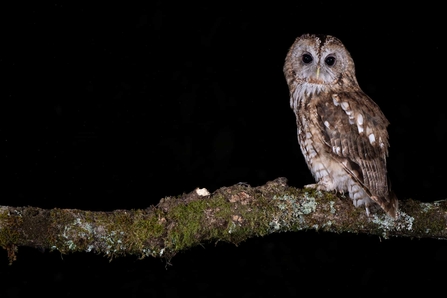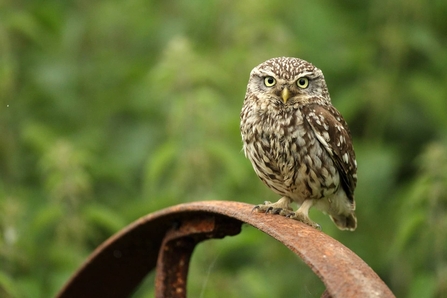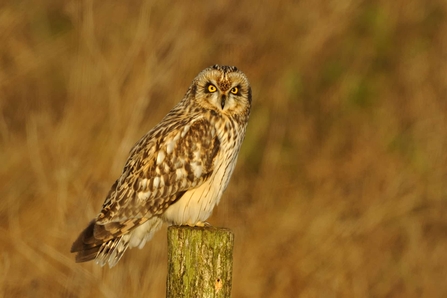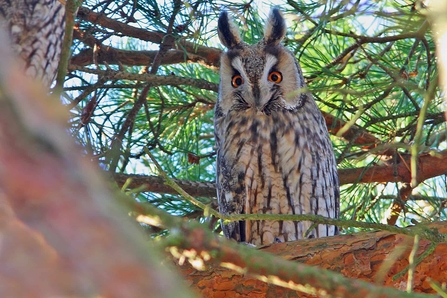Join Kent Wildlife Trust this spring to discover more about these fascinating creatures: explore the inter-relationships between predator and prey and learn about the transfer of energy through the food chain through our interaction Owl Pellet Workshop.
Owls of Kent
The diverse landscapes and habitats of Kent are the perfect hunting ground for these secretive birds of prey. The iconic barn owl, with its heart-shaped face, graces the countryside, while the tawny owl's distinctive hooting resonates through woodlands. The diminutive little owl finds its niche in farmlands, and the elusive short-eared owl glides across the marshes.




